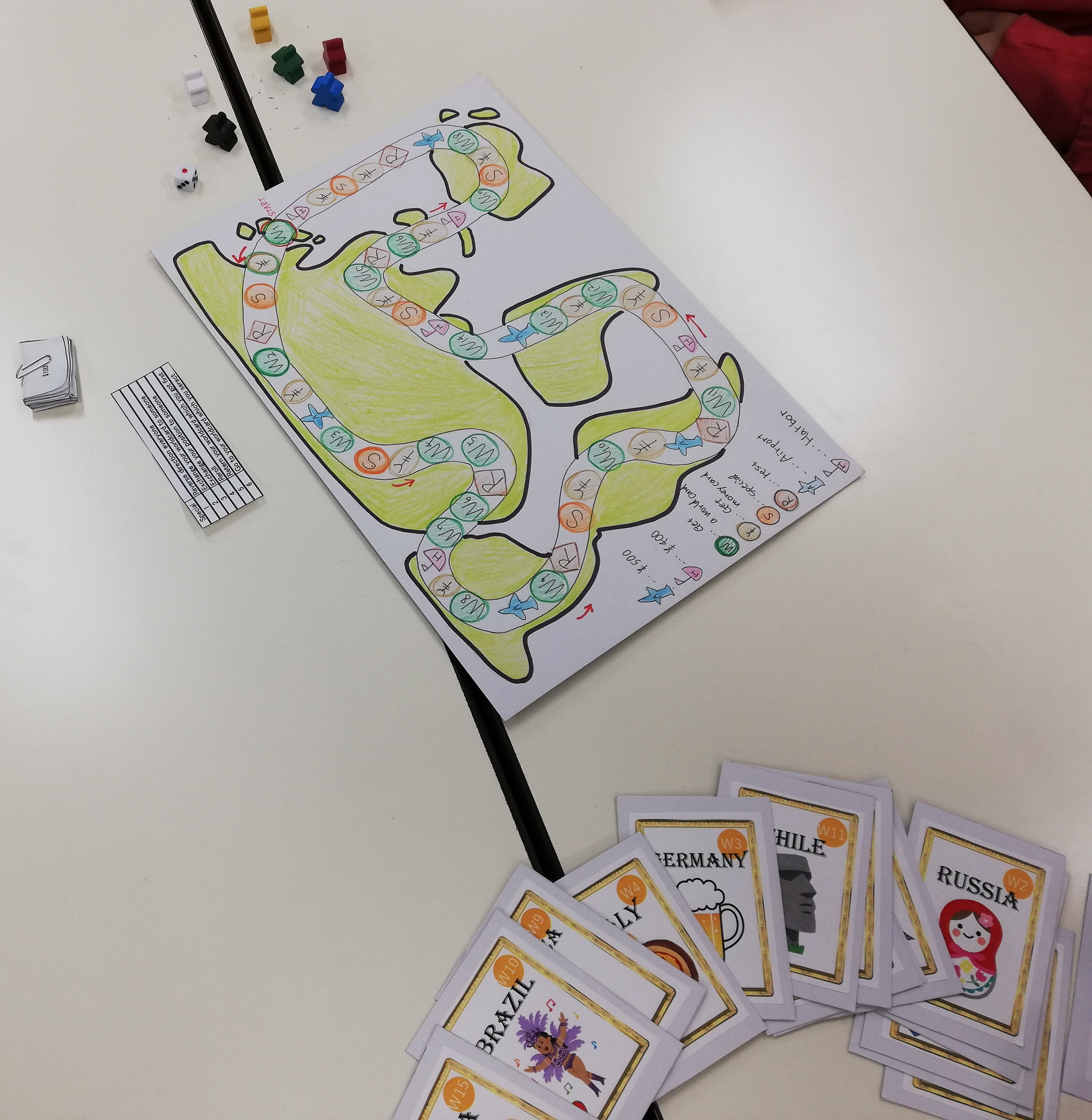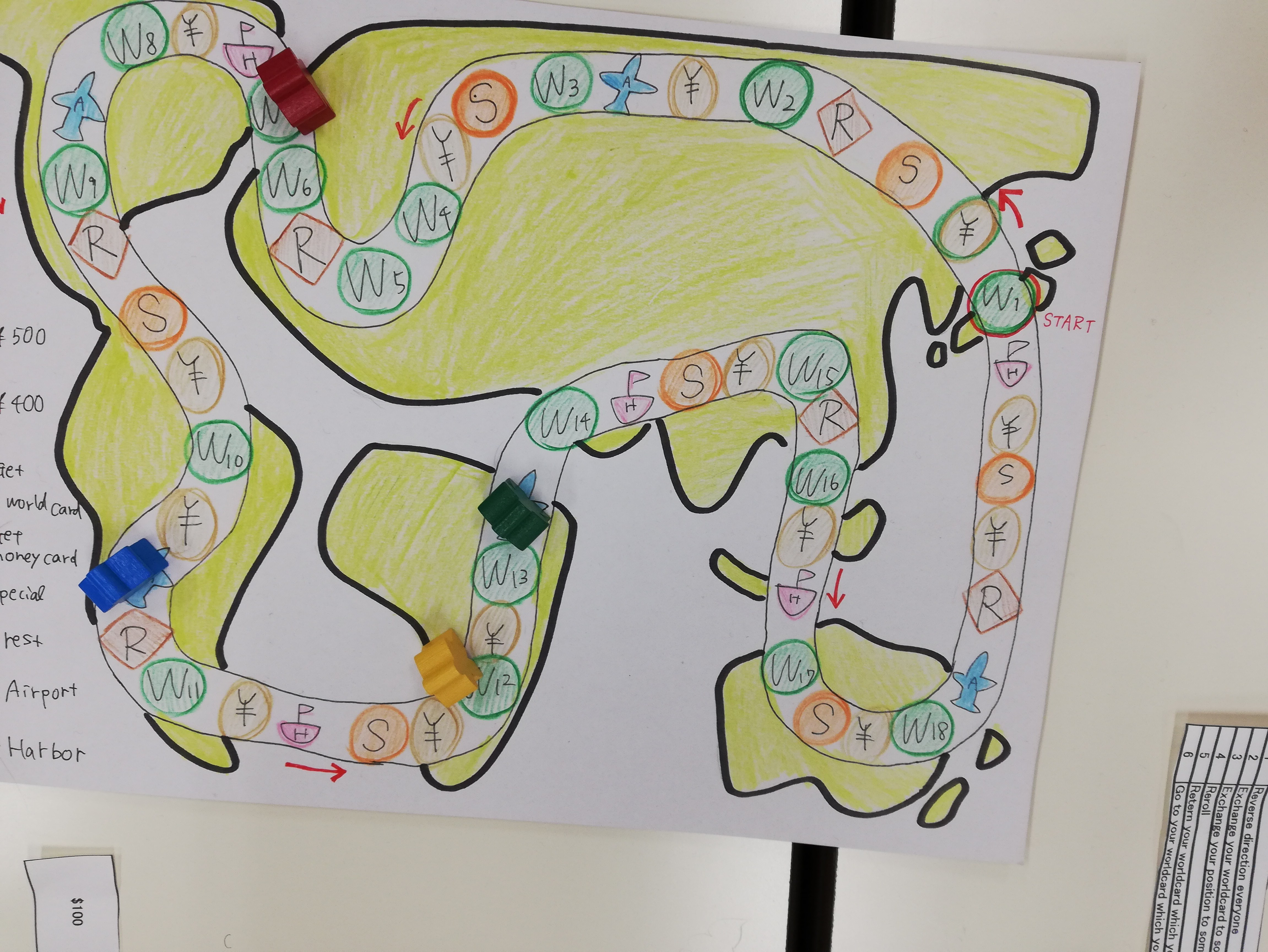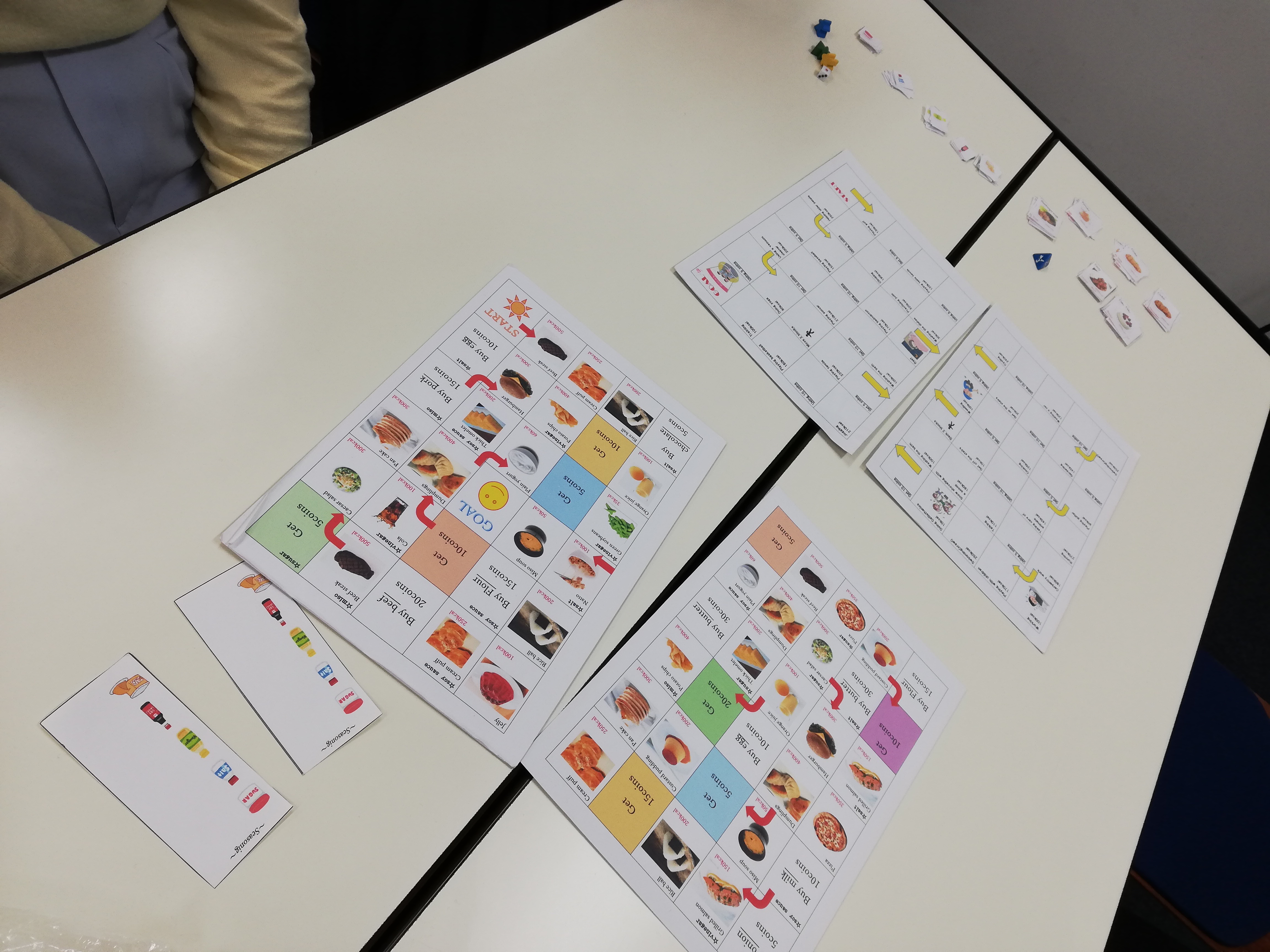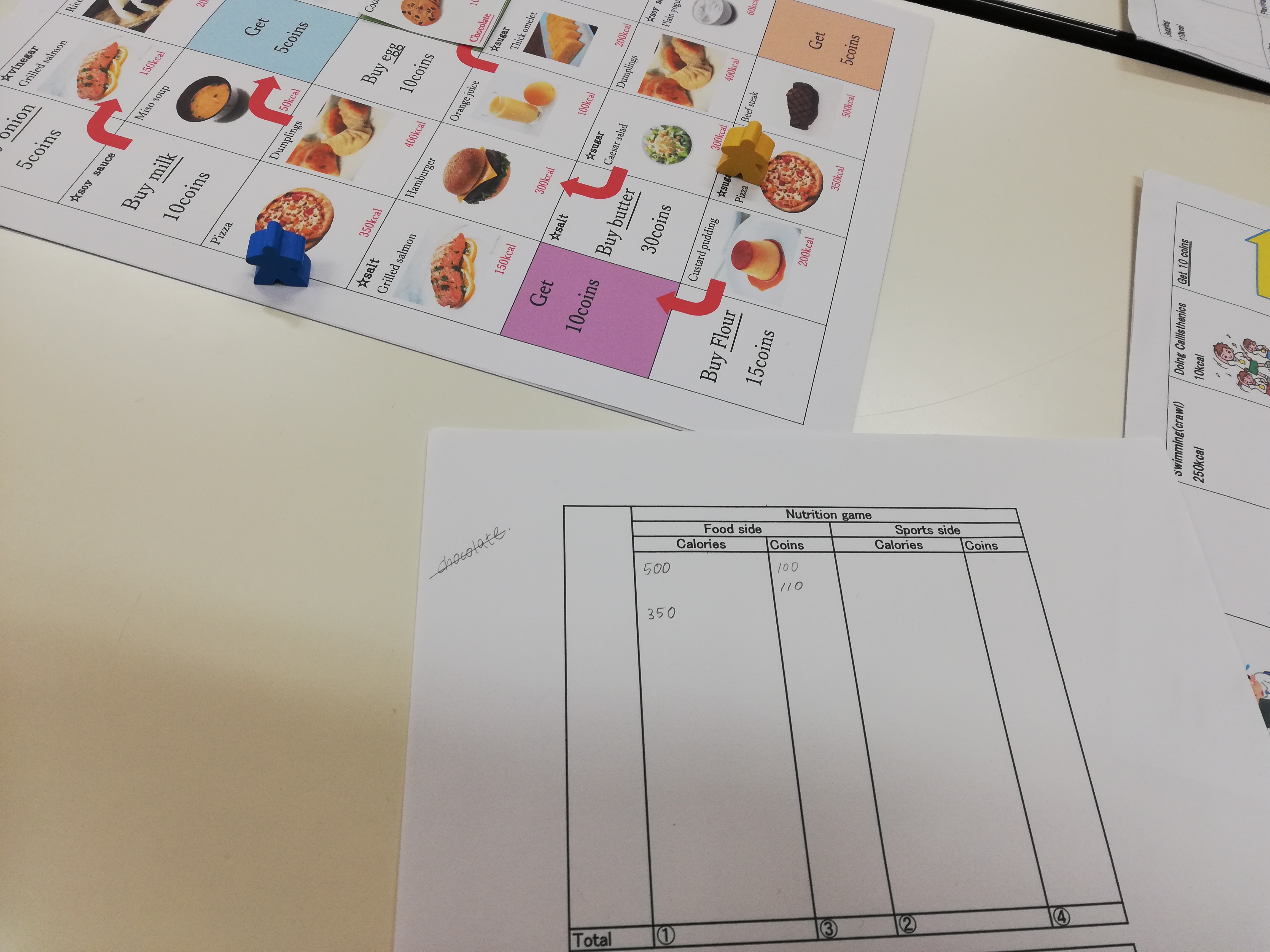This post is informed by my own research (Jones, 2017), but isn’t exactly part of it. It was partly inspired by a eureka moment at the sink while washing the dishes. I was thinking about coursebooks, and particularly the flow, when the connection came to me. Anyway, more below.

Take a moment to think about how a coursebook lesson flows. No prizes for guessing that it follows PPP. Usually it’s this: Schema activation (recalling and retrieving knowledge about a topic) activity from an image, perhaps some ‘Starter’ questions. Present language, using reading and/or listening text (usually alternating across a unit, with a reading sub-unit and a listening sub-unit). Move on to a grammar exercise or two. Finish with a ‘free’ speaking activity.
I’m going to look at this listening flow. I’m not going to say that schema activation is a waste of time at all but, does it need to be done every time listening is taught? I am going to say no because we don’t always know or have the ability to make reliable predictions about the upcoming content of conversations we are likely to be involved in or overhear. There is also the fact that in a survey I conducted with teachers about what they state their practices and beliefs to be (Jones, 2017), activating schemata massively negatively correlated with teaching bottom-up listening skills. Basically, teachers who say they activate schemata, say they don’t teach bottom-up skills and teachers who say they teach bottom-up skills say they don’t activate schemata. That bottom-up skills are neglected is not a given, however, but it is only the explicitly stated practice of a large minority. So less than half of the teachers I picked up through social media, the freaks who talk about teaching in their free time, teach bottom-up skills explicitly.
Why? “It’s not in the book” actually isn’t the answer. It is usually in the book, but it’s mislabelled as ‘pronunciation’. It’s a chance to practice what John Field (2008) calls ‘microlistening’ (Field, 2008, (ch. 5, p. 19/33), or decoding and practicing listening to features of connected speech in relative isolation to the rest of a larger text. It’s not always fantastic, but I bet, based on a study I did with Japan-based English teachers (Jones, 2016) on beliefs about pronunciation teaching, that it’s omitted by about 20% of teachers, and only taught at word level, with anything longer than phrase level being omitted by roughly half of teachers.
Why? I don’t have evidence for what follows, it’s just a theory, but I think the schema activation picture is a bit more attractive due to the nice flashy image, potentially with a vocabulary bank, compared to a half page made up of IPA characters to target aspects of speech such as weak forms or even scaffolding the decoding of unfamiliar lexical words. Unattractive books (or books that might look difficult due to a lack of images or actually using IPA) won’t be published for fear that they won’t sell, so learners and teachers who may want to use a book are left with the status quo. And the bottom-up listening masquerading as ‘pronunciation’ doesn’t get covered because it isn’t attractive, isn’t as easy to teach as a grammar exercise, and as Ableeva and Stranks (2013) state:
[T]he real purpose of many listening materials, then, appears quite clearly to be one or more of the following: topic extensions; exemplification of grammar; exemplification of functional or lexical items of language; lead-in to a learner speaking activity. All of these
are worthy and defensible aims, but they are not aims which are tied intrinsically to
improving learners’ ability to process spoken language.
(Ableeva & Stranks, 2013. p. 206).
So, it would be nice to have some teachers’ books to tell teachers to make more of the ‘pronunciation’ sections. It would be nice to have the ‘pronunciation’ sections labelled as ‘phonology’ or ‘listening’. It might just then join the dots for a lot of teachers, particularly novice teachers, to build learners skills to help them tackle longer listening texts with more confidence.
References
Ableeva, R. & Stranks, J. “Listening in another language – research and materials” in Tomlinson, B. (ed.) (2013) Applied Linguistics and Materials Development. London: Bloomsbury.
Field, J. (2008) Listening in the Language Classroom. Cambridge: CUP.
Jones (2016) Teachers’ Beliefs and Practices Regarding Listening and Pronunciation in EFL, Explorations in Teacher Development, 23, 1. 11-17 JALT TD SIG.
Jones (2017) English Language Teachers’ Beliefs and Stated Practices Regarding Second
Language Listening Pedagogy and Alignment with Research. Unpublished MA Dissertation. University of Portsmouth.





